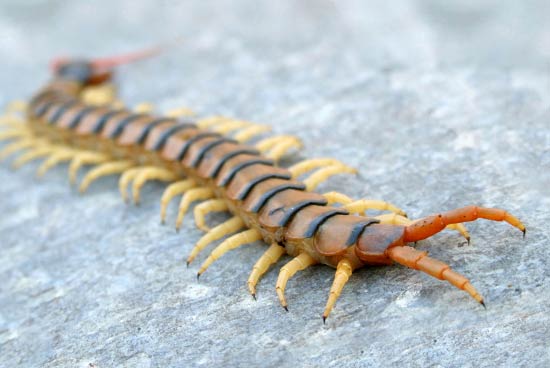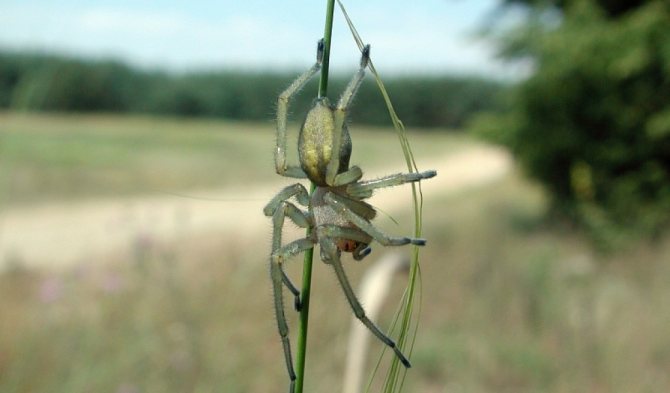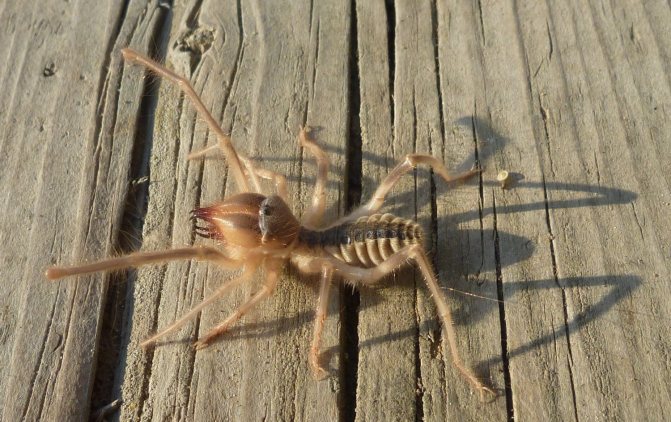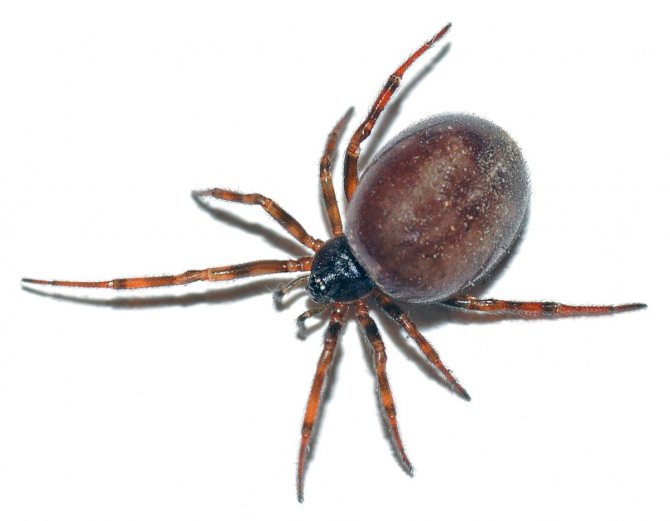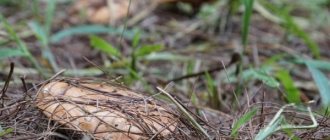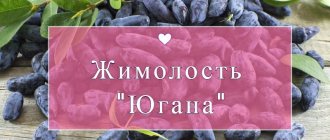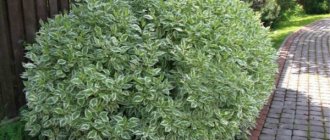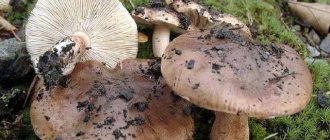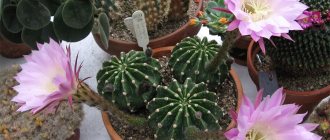The most poisonous spider in Russia
Neither specialists nor ordinary people have any disagreements here and cannot be. Karakurt - of all the representatives of arthropods living in the vastness of our country, is the only one whose bite can be fatal.
Appearance
Danger to humans is represented only by females reaching sizes of 15-20 mm. They have two distinctive signs that do not allow karakurt to be confused with other representatives of arthropods. There are exactly 13 bright spots or dots on the upper side of the black abdomen. Naturally, there is no time to count them, but the very combination of black with bright spots should serve as a signal for danger. On the underside of the abdomen, there is one equally bright spot in the form of an hourglass.
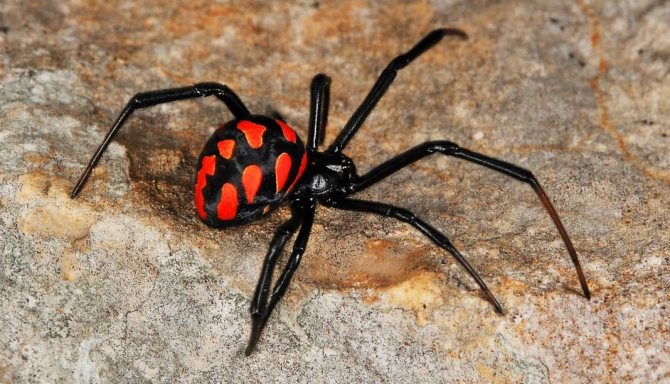
Karakurt is the only spider in Russia whose bite can be fatal
Habitat
Karakurt are thermophilic. They live in the South Urals, the Caucasus and the Black Sea regions. However, in recent years, the habitat of this spider has spread to the more northern regions of Russia, up to the Moscow region. This is explained by global warming, but more optimistic scientists are sure that this happens only in very hot years, and even then not always.
Consequences of a bite
Karakurt, which has a very strong poison, unlike other spiders, is very aggressive and bites not only for self-defense. He can purposefully attack, so not only tease, but also approach him with great care. The bite itself is very painful, and after 10-15 minutes the pain spreads throughout the human body and becomes almost unbearable.
With untimely assistance, which consists in the introduction of a special serum, shortness of breath, nausea, vomiting, heart palpitations, fever, headache and dizziness, tremors, profuse sweating, and a feeling of heaviness in the chest may develop.
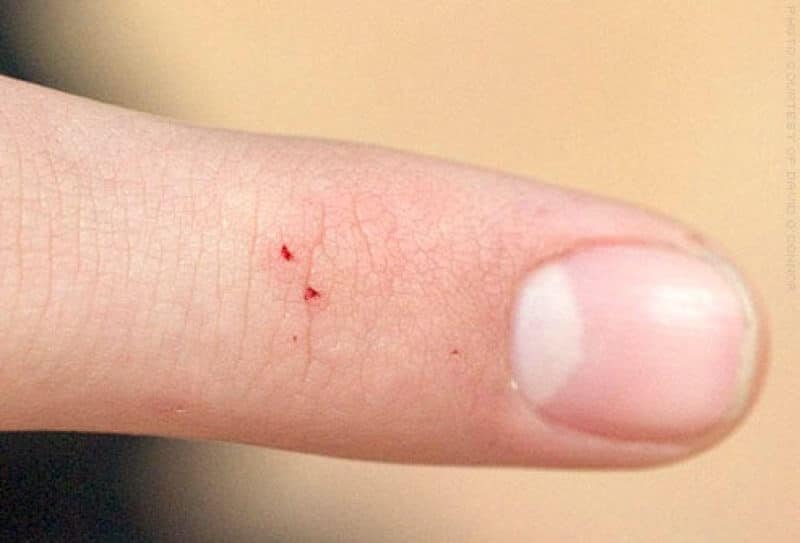

Even after the administration of serum, symptoms can persist for another day.
First aid
The only thing that can be done for the victim is to take him to the nearest hospital as soon as possible.
Photos and names of families
In the fauna of the Leningrad region, several families of spiders are distinguished:
- ARANEIDAE.
- TETRAGNATIDAE.
- SALTICIDAE.
- LYCOSIDAE.
- ANYPHAENIDAE.
- TERIDIIDAE.
- PHILODROMIDAE.
- THOMISIDAE
- GNAPHOSIDAE
- LINYPHIDAE
- PISAURIDAE
- CLUBIONIDAE
- ZORIDAE
- SPARASSIDAE
- MIMETIDAE
- PHOLCIDAE
- DICTYNIDAE
- MITURGIDAE
- LIOCRANIDAE
- OXYOPIDAE
Each family includes many species of arachnids. They differ in size, lifestyle, color, degree of toxicity to humans.
Other poisonous spiders of Russia
In the vastness of the Russian Federation, you can also meet with other representatives of arthropods, which are capable, if not kill a person with their bite, then cause a lot of painful sensations.
- South Russian tarantula. The venom of this rather large spider, reaching 30 mm in length, is not fatal to humans. However, the bite site swells very quickly and hurts a lot. An allergic reaction is possible in the form of rashes and redness of the skin, accompanied by itching and burning in the places of the comb.


South Russian tarantula - Heiracantium. Tops the list of poisonous spiders in central Russia. Unlike karakurt, it does not specifically attack and can only bite in self-defense. The symptoms are quite unpleasant: a strong burning sensation at the site of the bite, nausea, vomiting, headache, fever, body aches, weakness. The bite site itself looks pretty scary: it turns red, turns blue, and may even blister. This condition can last up to 3 days. Seeing a doctor is mandatory.
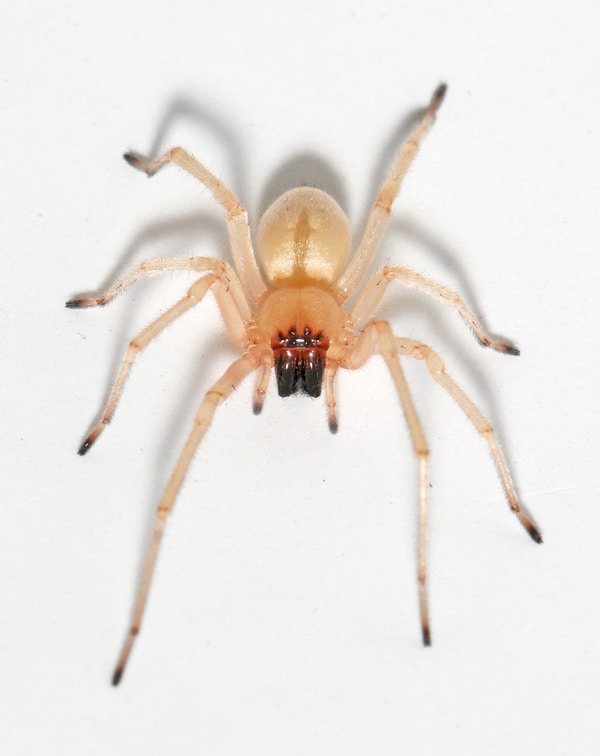

Heirakantium does not specifically attack people, but it can bite in self-defense.
- Phalanx (solfuga).One of the few spiders, after a bite of which it is recommended to suck the wound. It does not have its own toxic poison, but it will certainly carry an infection, as a result of which the wound will become inflamed. Shows activity only in the dark, but does not bite on purpose, only as a defense.
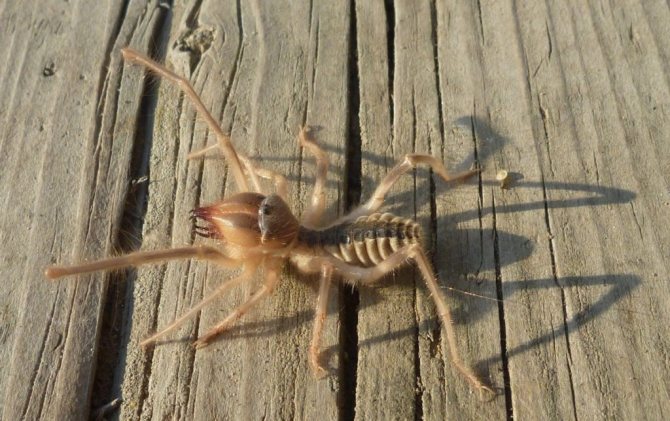

Phalanx - Mesh spider. A rather small spider, dangerous, like the previous representative of arthropods, not with poison, but with the possibility of introducing infection into the wound.
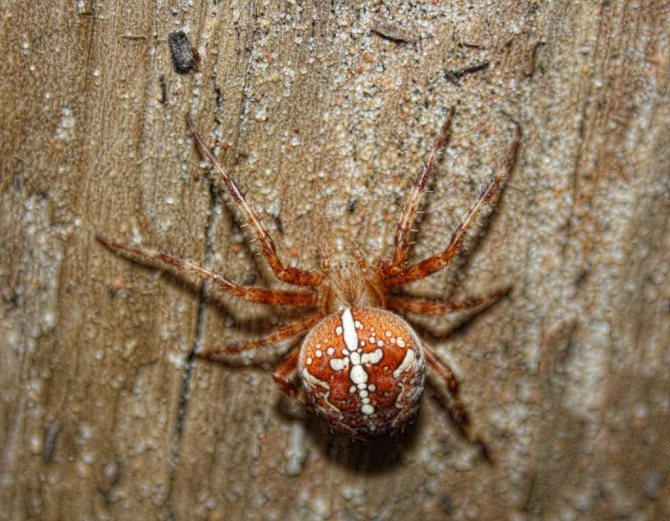

Net spider
Bagman (bag spider). This spider is aggressive enough to attack even in the absence of direct danger. The bite is not fatal, but it is accompanied by very severe pain, which can very quickly spread to almost the entire body.


Bag spider
• False black widow. First of all, it is dangerous because it often climbs into living quarters. After the bite, acute, prolonged pain, weakness and fever are felt. Symptoms can last up to two days.


False black widow
- Black fathead. The most peaceful of the dangerous spiders. If you do not touch it or pick it up, it prefers to hide. However, if it bites, the wound will hurt for at least a day.
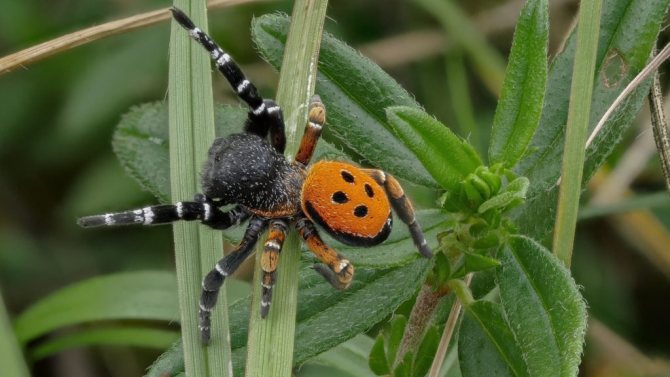

Black fathead - Argiopa. The bite of this striped spider is very dangerous. An allergic reaction to poison can turn into deep and severe abscesses, a deterioration in the general condition and other unpleasant symptoms.
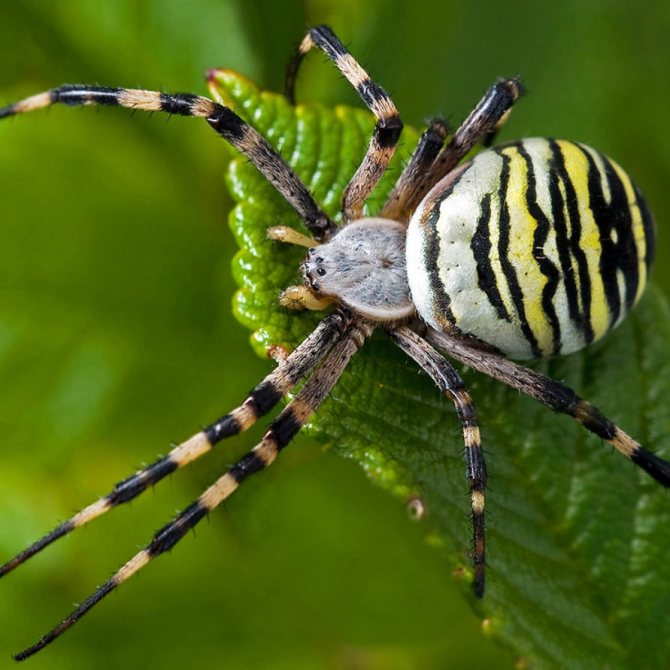

Argiope
As you can see, poisonous spiders are far from uncommon in Russia, but only the female karakurt should be very afraid. The consequences of the bites of other representatives of arachnids can be completely dealt with on your own. However, seeking medical attention is highly recommended.
Karakurt
Poisonous spiders of the Krasnodar Territory live in arid places, live in burrows underground, and do not build trapping nets. They behave without aggression towards a person, but they can bite, protecting their own life. Most attacks occur through negligence, when a person does not notice a predator in shoes, things, in a clearing.
After the bite, pain, swelling, redness, and swelling appear. After 15 minutes, the general state of health worsens - nausea, vomiting, pain in the abdomen, head, tremors, muscle spasms, difficulty breathing, increased blood pressure, heart rate increases. If medical care is not provided, cardiac arrest occurs or the person dies from suffocation.
On a note!
The external appearance of karakurt is memorable. The size of the female along with the leg span reaches 2 cm, the males are smaller. The most active juveniles. Legs, cephalothorax are black, there are 13 red spots on the abdomen. As they grow older, the color changes, it becomes more uniform.


Karakurt and tarantula
First aid for a spider bite
Not everyone can distinguish one type of spider from another, despite the fact that the colors and patterns on their abdomens are different. And in terms of the size and length of the legs, they all differ from each other. However, people often start to panic and simply do not pay attention to what their abuser looks like.
Symptoms in most cases begin to appear rather quickly and first aid should also be prompt, but thoughtful.
- The first thing to do is rinse the wound with soapy water.
- The next step should be to prevent the spread of the poison. This is achieved in two ways: you should immobilize the affected limb with a splint and apply a tight bandage above the bite site, thereby reducing blood circulation.
- A cold compress should be applied to the wound itself, which will also delay the action and spread of the poison.
- Heavy drinking will also be a reducing factor. It will also help remove poison from the body.
- In order to relieve painful symptoms, you can give the victim an aspirin tablet.
Having done all this, you should not calm down.It is imperative to take the victim to the doctor, even if he is a few kilometers away. The clinic and help will be more qualified and will be able to take emergency measures in case of complications.
Of course, you can add some more aspects, highlighting the question: are there poisonous spiders in Russia and what to do if you come across them. But this information will already be for specialists. Ordinary people need to remember that playing and having fun with spiders is not worth it in any case. But you shouldn't just destroy them either.
South Russian tarantula
Dangerous spiders in Krasnodar live in arid places, build burrows underground. The depth of the labyrinths reaches 40 cm. The entrance is protected with cobwebs. They feed on insects and their larvae. They hunt from the comfort of their own shelter.
On a note!
The South Russian tarantula is the largest spider in the Krasnodar Territory. The body is covered with thick hairs, the legs are long, powerful. The colors are gray, brown, white, ash. It differs from other tarantulas in its dark head. The body size of the female, along with the leg span, reaches 35 cm.
The bite is poisonous, but not fatal. Painful sensations are present for several days, the skin is restored in 2 weeks. In people prone to allergies, there is a deterioration in health - nausea, weakness, dizziness, headache.
Sak
It also has other names - yellow, heirakantium. Poisonous spiders of the Kuban, Krasnodar Territory live in arid places, build burrows in the ground. They hunt actively at night. They run fast, attack a victim several times larger in size, and win.
On a note!
The predator has a bright, memorable appearance. Legs, abdomen yellow, cephalothorax red, chelicerae in the form of pincers. Outwardly, it looks more like a scorpion. The photo is presented below. The female is 1 cm in size, the males are 0.5 mm.
The sak spider is not aggressive towards humans, but it can bite, protecting its own life. At the site of the attack, an allergic reaction appears in the form of redness, swelling, and edema. Young children, people prone to allergies, feel worse. The condition is normalized within a few days, the skin is restored in a week.
Bumblebee
The bumblebee is an arthropod insect, which belongs to the subclass winged insects, the infraclass new-winged insects, the super-order insects with complete transformation, the hymenoptera order, the stalk-bellied suborder, the real bee family, the bumblebee genus (Latin Bombus).


12
All insects / Poisonous insects
17.05.2017
Glowworm
A firefly is an insect that belongs to the order coleoptera (or beetles), a suborder of common beetles, the family of fireflies (lampirids) (Latin Lampyridae). Fireflies get their name from the ability of their eggs, larvae, and adults to glow.
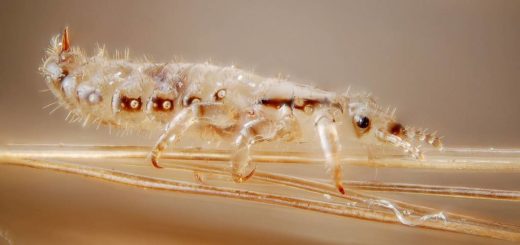

6
All insects / Non-poisonous insects
10.11.2017
Peacock eye pear
Peacock-eye pear (saturnia pear, large night peacock) (lat. Saturnia pyri) is an insect of the order Lepidoptera, family of peacock-eyes, genus of Saturnia.
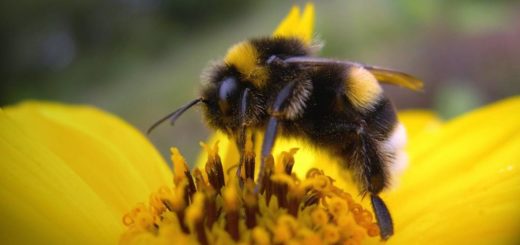

1
All insects / Poisonous insects
14.06.2017
Medvedka
Medvedka (aka cabbage, mole cricket) is an arthropod insect that belongs to the order Orthoptera, suborder long-wattled, superfamily crickets, bear family (lat.Gryllotalpidae), subfamily bear (lat.Gryllotalpinae).
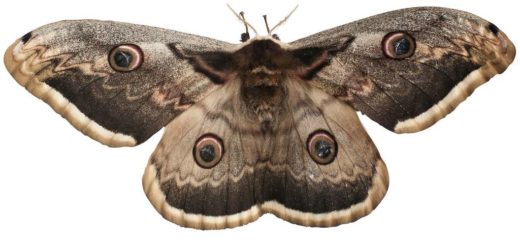

14
All insects / Non-poisonous insects
05.07.2017
Hornet
Hornet (Latin Vespa) is an arthropod insect, which belongs to the subclass winged insects, infraclass neopterans, superorder insects with complete transformation, hymenoptera order, suborder stalk-bellied, wasp superfamily, real wasp family, spines subfamily.
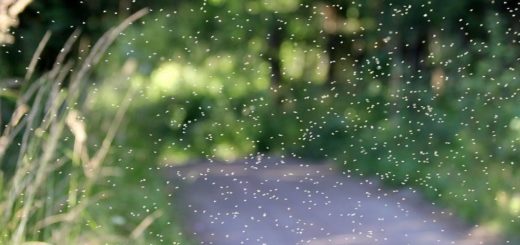

3
All insects / Non-poisonous insects
05.05.2017
Naryvnik beetle
Naryvnik beetle - it got its name because of the result that occurs on the human body after being attacked by a beetle. The bite site soon swells, an abscess or blister forms. The outside of the beetle is bright and rather large, so keep an eye on the children to stay away and not accidentally eat them, because the Naryvnik is poisonous. It is his poison that causes such reactions on the skin, and if it gets inside, it can lead to death. Fortunately, it is easy to spot by its unusual coloration.
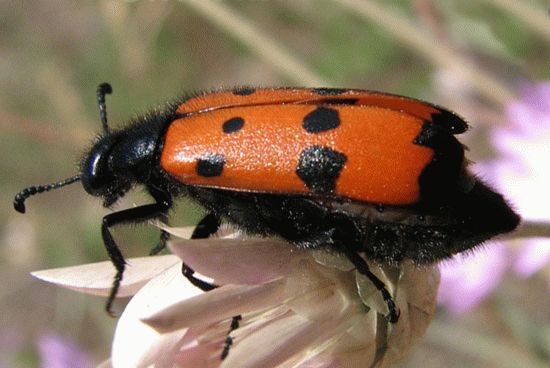

Lice
Lice are arthropod insects that belong to the subclass winged insects, infraclass new-winged insects, the order of chewing lice and lice, the suborder lice (lat.Anoplura).
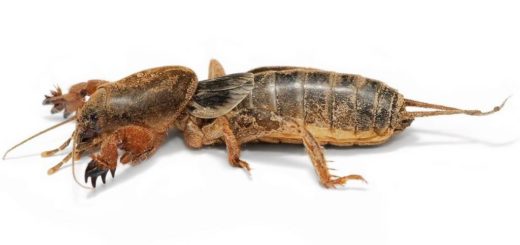

4
All insects / Non-poisonous insects
10.08.2017
Ringed centipede
Ringed centipede is a creature that is rather large for an insect, and few people like it. The centipede has poisonous jaws, likes dark and damp places under coastal stones. Its length is up to 15 cm. Its poison affects the composition of the blood, the lymph nodes swell and the pain continues for several days. Therefore, be careful. Not to be confused with a flycatcher. She is smaller and has a different appearance. Such centipedes can be found in any home.
